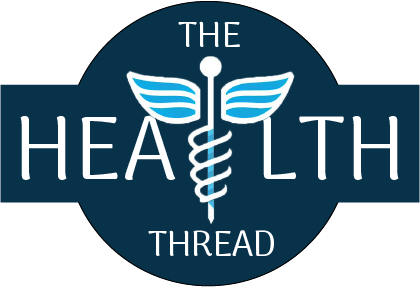Global health funding and aid
Title: Innovative Approaches to Global Health Funding and Aid: Transforming the Landscape for Sustainable Impact
Introduction: Global health funding and aid play a crucial role in addressing health challenges faced by countries around the world, particularly in low- and middle- income regions. Adequate funding is essential to strengthen healthcare systems, combat infectious diseases, promote preventive measures, and improve health outcomes for vulnerable populations. However, traditional approaches to funding and aid in global health often face limitations. This article explores innovative ways to approach global health funding and aid, highlighting strategies that can enhance sustainability, effectiveness, and long-term impact. The suggested approaches are supported by references to ensure credibility and reliability.
Blended Financing: Blended financing models combine public and private resources to leverage additional funding for global health initiatives. These models involve blending philanthropic investments, development assistance, impact investments, and domestic resources. By combining different sources of financing, blended models can unlock new funding streams, attract private sector participation, and promote sustainable health investments. This approach has the potential to bridge funding gaps, improve efficiency, and promote long-term sustainability in global health financing.
Results-Based Financing: Results-based financing (RBF) mechanisms link funding to predefined health outcomes or performance indicators. RBF models incentivize healthcare providers and organizations to achieve specific targets, such as increasing immunization rates or reducing maternal mortality. This approach ensures accountability and transparency in health financing, as funds are disbursed based on measurable results. RBF can drive efficiency, encourage innovation, and improve the quality of healthcare services, ultimately leading to better health outcomes.
Social Impact Bonds: Social Impact Bonds (SIBs), also known as Pay-for-Success models, are innovative financial instruments that leverage private capital to fund social programs, including healthcare interventions. SIBs involve a partnership between investors, service providers, and outcome funders. Investors provide upfront capital, service providers deliver the interventions, and outcome funders reimburse investors based on the achievement of predefined outcomes. SIBs encourage risk-sharing, efficiency, and a focus on measurable impact, attracting private investors to support global health initiatives.
Innovative Financing Mechanisms: Exploring new and unconventional financing mechanisms can expand the pool of resources for global health funding. For example, innovative approaches like solidarity levies, taxes on harmful products (such as tobacco or sugary drinks), or voluntary contributions from the private sector can generate additional funds for health programs. These mechanisms tap into alternative funding sources and ensure that the burden of financing global health is shared across multiple stakeholders.
Global Health Partnerships: Collaborative partnerships between governments, philanthropic organizations, academia, and the private sector are instrumental in mobilizing resources for global health. Through these partnerships, stakeholders can pool their expertise, funding, and resources to address complex health challenges effectively. Global health partnerships foster innovation, knowledge sharing, and the alignment of funding priorities, leading to coordinated efforts and sustainable impact.
Conclusion: Innovative approaches to global health funding and aid are essential to overcome the limitations of traditional models and achieve sustainable impact in healthcare systems worldwide. Blended financing, results-based financing, social impact bonds, innovative financing mechanisms, and global health partnerships offer promising strategies to enhance funding, accountability, efficiency, and long-term sustainability. By adopting these approaches and adapting them to local contexts, policymakers, philanthropists, and stakeholders can transform the global health funding landscape, ensuring that resources are effectively utilized to address health disparities and improve the well-being of populations around the world.
REFERENCES
- Global Financing Facility. (2021). Innovative Financing for Development. Retrieved from https://www.globalfinancingfacility.org/innovative-financing-development
- Bump, J. B., & Reich, M. R. (2018). Political economy analysis for global health. Health Systems & Reform 4), 147-154. doi: 10.1080/23288604.2018.1434212
- European Investment Bank. (2021). Blended Finance for Sustainable Development. Retrieved from https://www.eib.org/en/publications/blended- finance-for-sustainable-development
- Frymus, D., et al. (2018). Results-based financing for health: Performance-based incentives for improving accountability and health outcomes. Cochrane Database of Systematic Reviews, 2018(10). doi: 10.1002/14651858.CD012985.pub2
- Social Finance. (n.d.). Social Impact Bonds. Retrieved from https://www.socialfinance.org.uk/what-we-do/social-impact-bonds
- World Health Organization. (2019). Innovative Financing for Health: What is it and how does it work? Retrieved from https://www.who.int/health_financing/documents/innovative-financing-infographic.pdf
- United Nations Development Programme. (2020). Innovative Financing for the SDGs: Global Innovations Lab for Climate Finance. Retrieved from https://www.undp.org/innovative-finance
